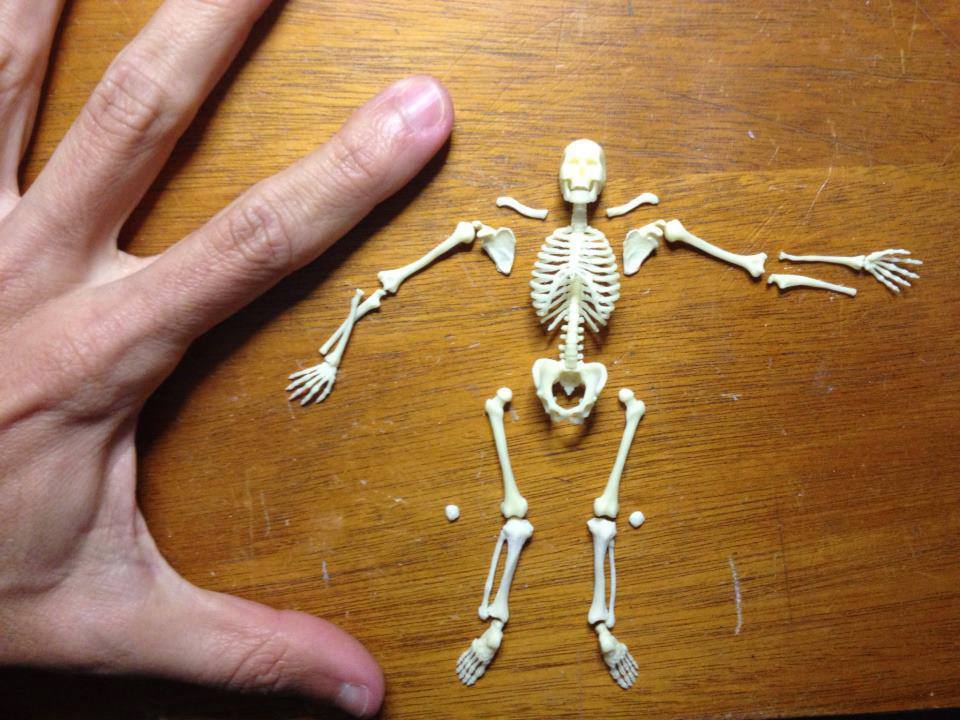Spare Parts’ MINI ART MUSEUM
| Website | Instagram | Facebook | Twitter |
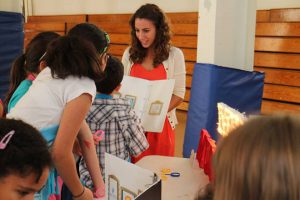 Tell us a bit about San Antonio’s Creative Reuse Art Organization and its mission.
Tell us a bit about San Antonio’s Creative Reuse Art Organization and its mission.
Spare Parts’ purpose is unprecedented in San Antonio. It is the leader in reuse education through the arts without a home. We are actively fundraising for a space to be a full-time effort in our community. We are a volunteer-led organization. One of the objectives of Spare Parts is accessibility to the arts. This is where the MINI ART MUSEUM (MAM) comes in. Spare Parts founded the MINI ART MUSEUM in 2013 to bring the fine arts museum experience to schools and the community world wide, especially in areas where there are few art opportunities.
How many art enthusiasts have interacted with the MINI ART MUSEUM thus far?
We’ve had over 9,000 visitors since the MINI ART MUSEUM’s founding in 2013. The MAM has traveled to well over 50 places worldwide and has held 11 exhibitions thus far.
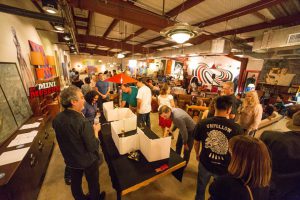 Can you tell us a bit about the current exhibitions on view?
Can you tell us a bit about the current exhibitions on view?
Do I Remember The Alamo?
August 2016 – August 2017
An excerpt from curator Richard Teitz: “For this exhibition, I wanted to explore how San Antonio artists saw The Alamo. Some, I expected, would see it in largely representational terms, a one-time Spanish church made into a fortress, while others would relate to it as a concept, an abstraction of a time and place, and still others would tie it to their personal relationships of first encounter.”
DEEP IN THE HEART: A Texas Trilogy
June 2015 – limited viewing
This exhibition showcases the artwork of three San Antonio born and based artists: 2015 Texas State Artist Vincent Valdez, Angela Fox, and recent East Central High School graduate/Visual Arts Scholastic Event medalist Christiana Puente. Each artist created a small-scale portrait reflective of San Antonio’s diverse artistic craftsmanship.
MAMx: Slanguage presents Chicos Pero Locos
June 2016 – June 2017
MAMx provides an opportunity for MAM to broaden its curatorial, artistic and educational reach. Los Angeles-based internationally-known artist-run collective Slanguage Studio honors California-based artists in Chicos Pero Locos which plays with the traditional meaning of this colloquial Spanish phrase valuing artistic quality over quantity.
How many members of the MAMx team are there today? What does it take to get a Mini Art Museum up and running?
The MINI ART MUSEUM has two founders and four members on the Board of Directors. We are always looking for board members and folks can contact us for more information.
Any highlights to recount since the MINI ART MUSEUM’s founding?
The following MINI ART MUSEUM awards:
Contemporary Art Month-San Antonio, 2016
I Am Not Spock Award for Doing the Unexpected for Spare Parts MAM presents That Thing On The Side Of The Road curated by Hills Snyder
Contemporary Art Month-San Antonio, 2015
Through the Looking Glass Award for Bending Perceptions: Spare Parts MAM presents Cabinet of Curiosities curated by Claudia Zapata
San Antonio Magazine, 2015
Best Program Introducing Youth to the Art World: Spare Parts MAM
Contemporary Art Month-San Antonio, 2014
Through the Looking Glass Award for Bending Perceptions: Spare Parts MAM presents Lady Base Gallery: Short Stories curated by Sarah Castillo
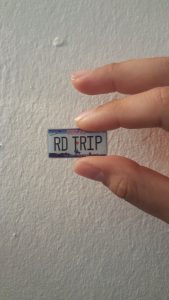 And our recent press mentions as well: MINI ART MUSEUM in the news.
And our recent press mentions as well: MINI ART MUSEUM in the news.
What inspires the MINI ART MUSEUM team?
We are inspired by the communities we meet, the artists who take a chance to work in miniature format, and the educational opportunities we facilitate.
What’s to come from the MAMx? What can we can expect in 2017?
MAMx provides an opportunity for the MINI ART MUSEUM (MAM) to broaden its curatorial, artistic and educational reach. Its inaugural exhibition is Slanguage: Chicos Pero Locos. Slanguage: Chicos Pero Locos opened in West Hollywood, California on June 4 and then made its way to San Antonio, Texas. Any artist collective, museum, gallery or artist outside of the San Antonio area may contact us if they’d like to produce a MAMx exhibition.
MAM Founders Mary Elizabeth Cantu and Gabriela Santiago facilitated a hands-on workshop at this fall’s annual Texas Art Education Association conference. The culminating project resulted in MAM’s exhibition, PASSION PURPOSE. PASSION PURPOSE was also the title of the conference and artwork is inspired by the question: “What is your passion and what is your purpose?”
We are about to have our first all-youth exhibition! We worked with teens residing in a local juvenile detention center to create their own miniature artwork.
In March 2017, watch out for Fine Print, an exhibition focused on Texas-born or -based printmaking artists who utilize printmaking techniques.
Words to live by?
Mini art is a big deal.
What would you like to see replicated in miniature?
We differ from most miniaturists because we work with artists that do not work in miniature scale. In fact, this is usually their first experience working this small. We don’t ask them to replicate or shrink an existing artwork; we invite them to create a new artwork with our miniature parameters. Our gallery walls are the insides of photo albums and binders. Our museum was created to be mobile, to utilize pre-loved materials, and to be as eco-friendly as possible.
Anything else you’d like to add?
The MINI ART MUSEUM challenges traditional artists to work at a scale they’ve never experienced and a lot of them enjoy this opportunity. Some of them even continue to make miniature work as part of their practice. The MAM has mainstreamed miniature artwork in the San Antonio art world. We believe all artists can work at this scale. Because we work with non-miniaturists, we have the following of these artists’ collectors. We are expanding the presence of miniatures in the contemporary art realm.
To learn more about the MINI ART MUSEUM located in San Antonio, Texas, check out miniartmuseum.org and visit the Spare Parts website. To follow along on these miniature art adventures, head on over to Instagram, Facebook, and Twitter.
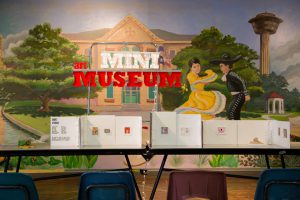
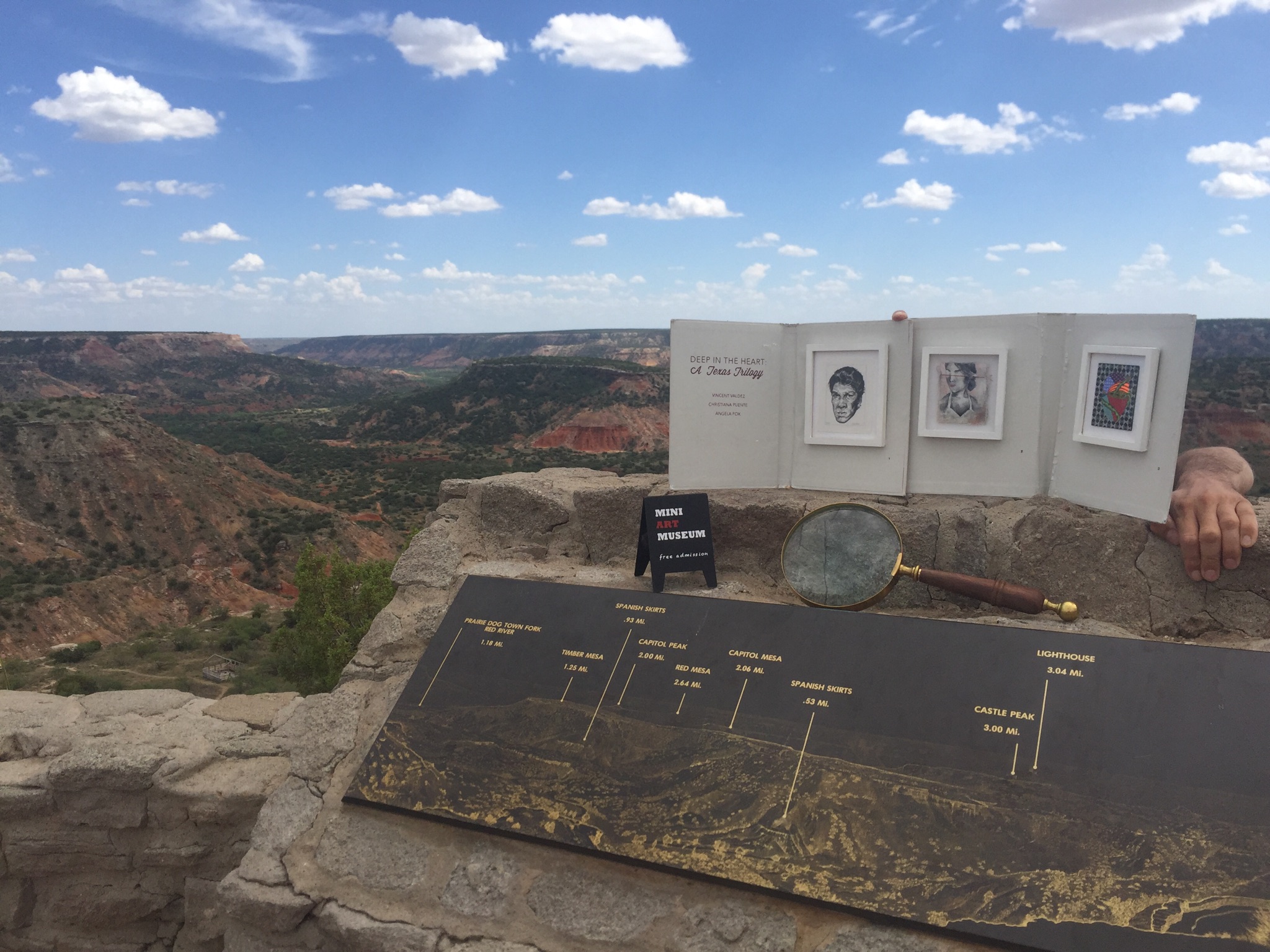
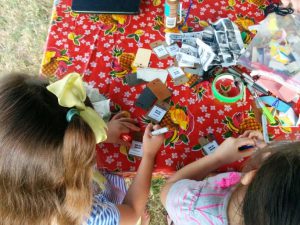
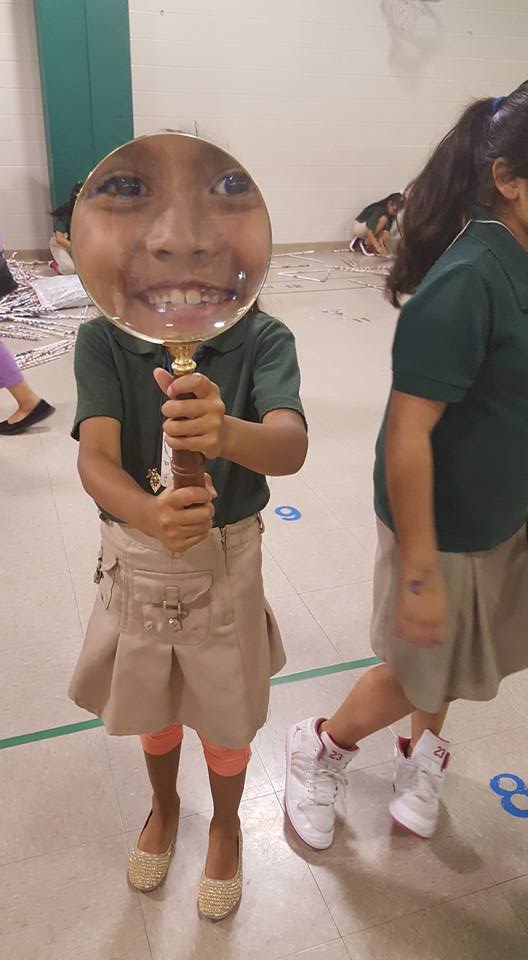
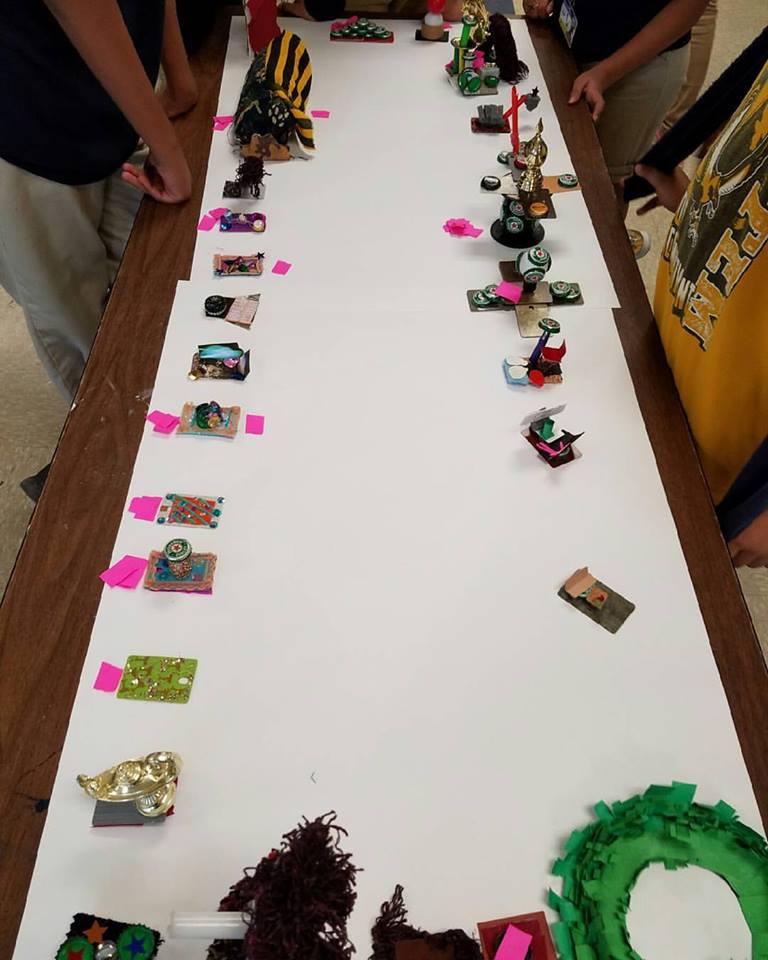
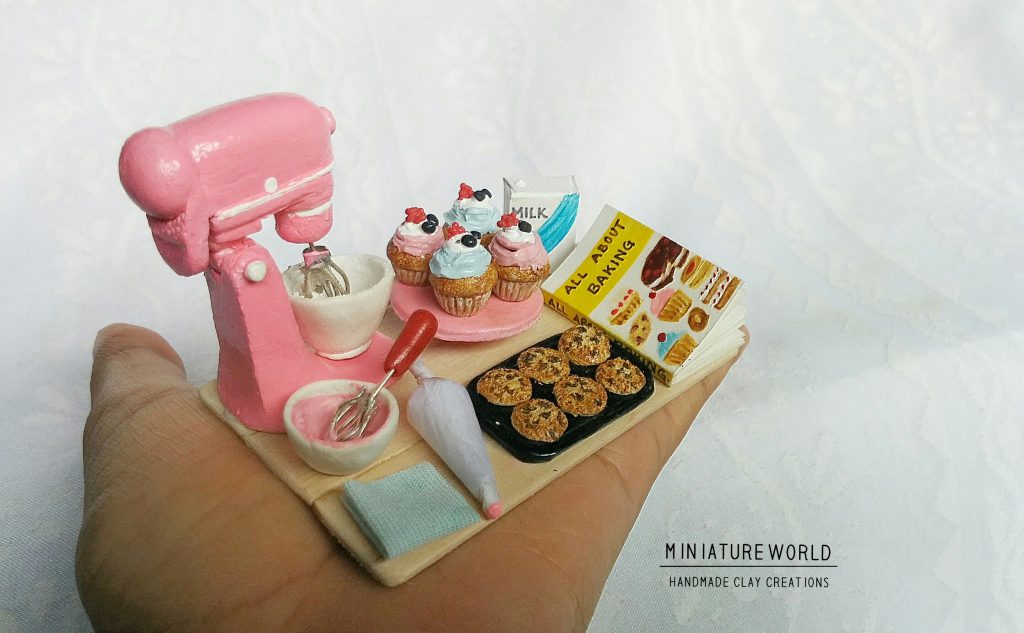
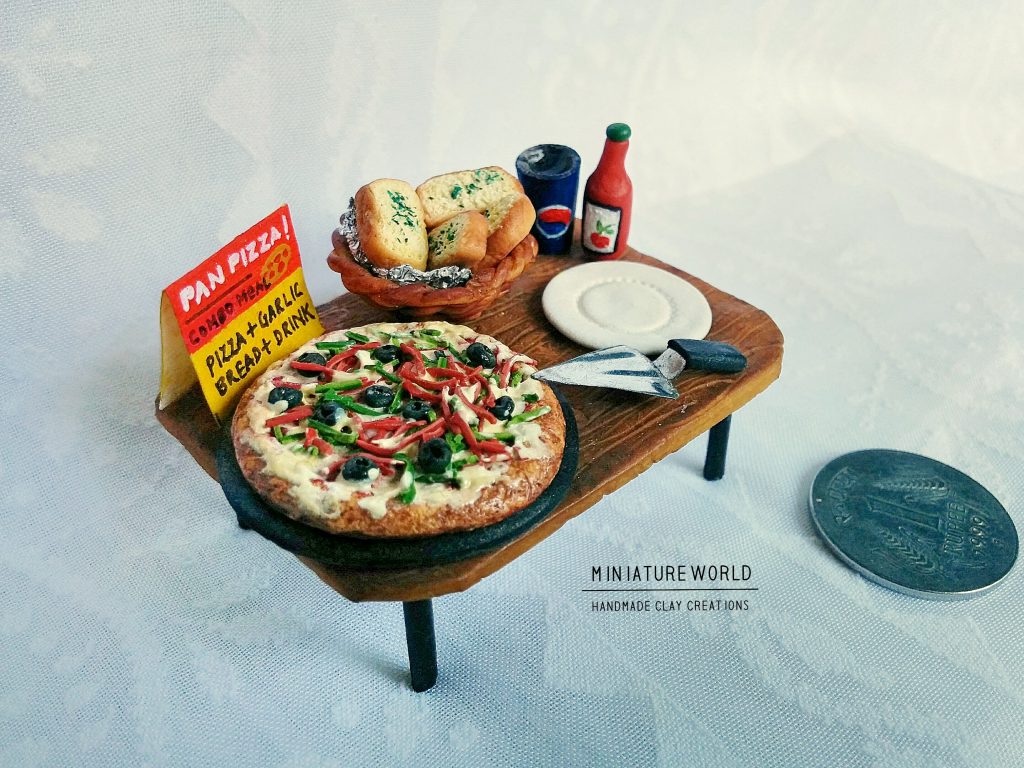
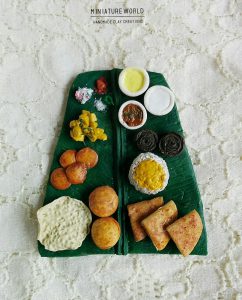
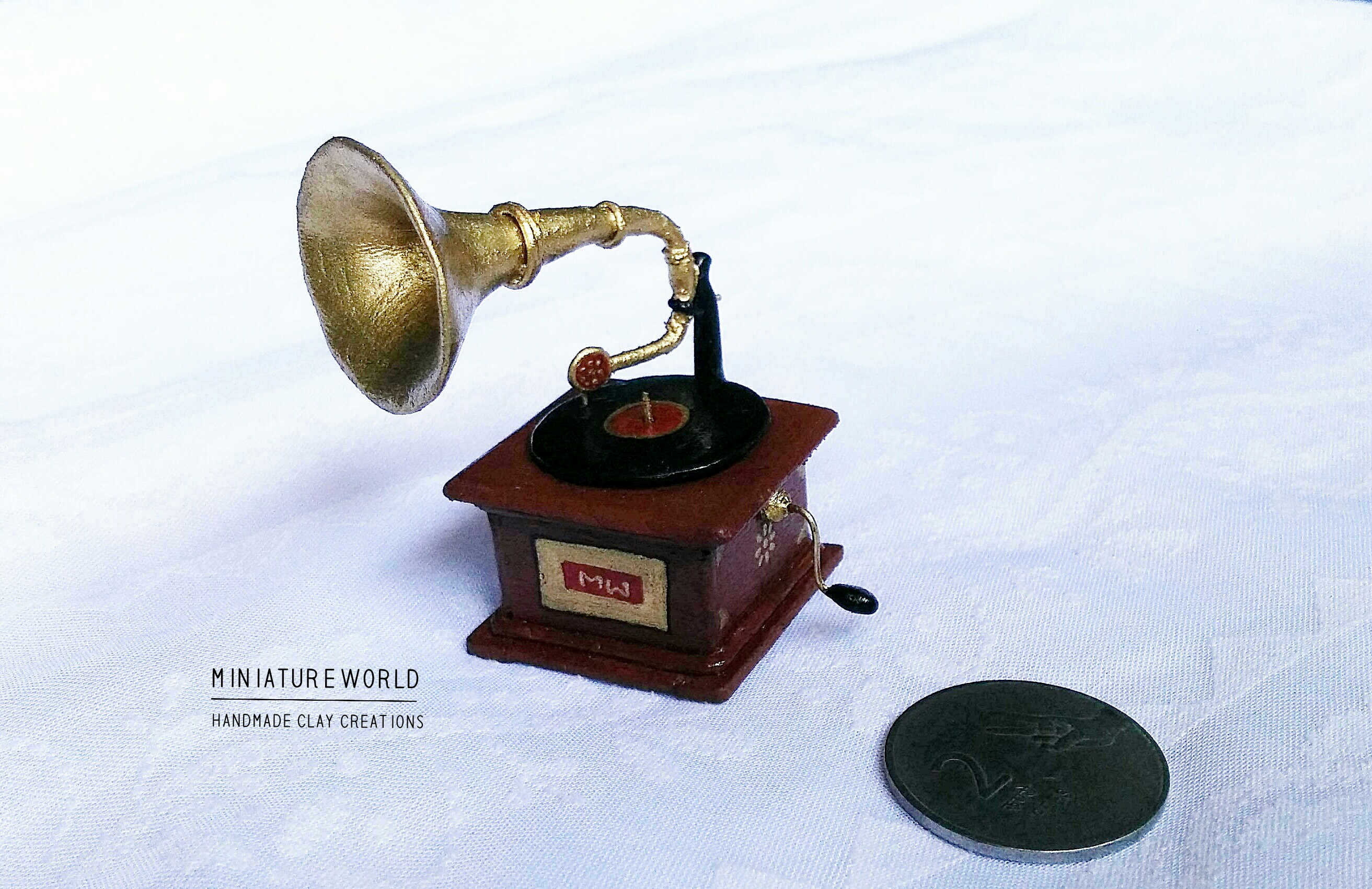
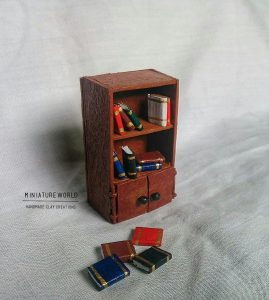
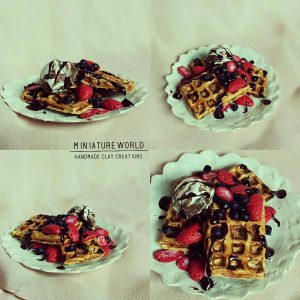
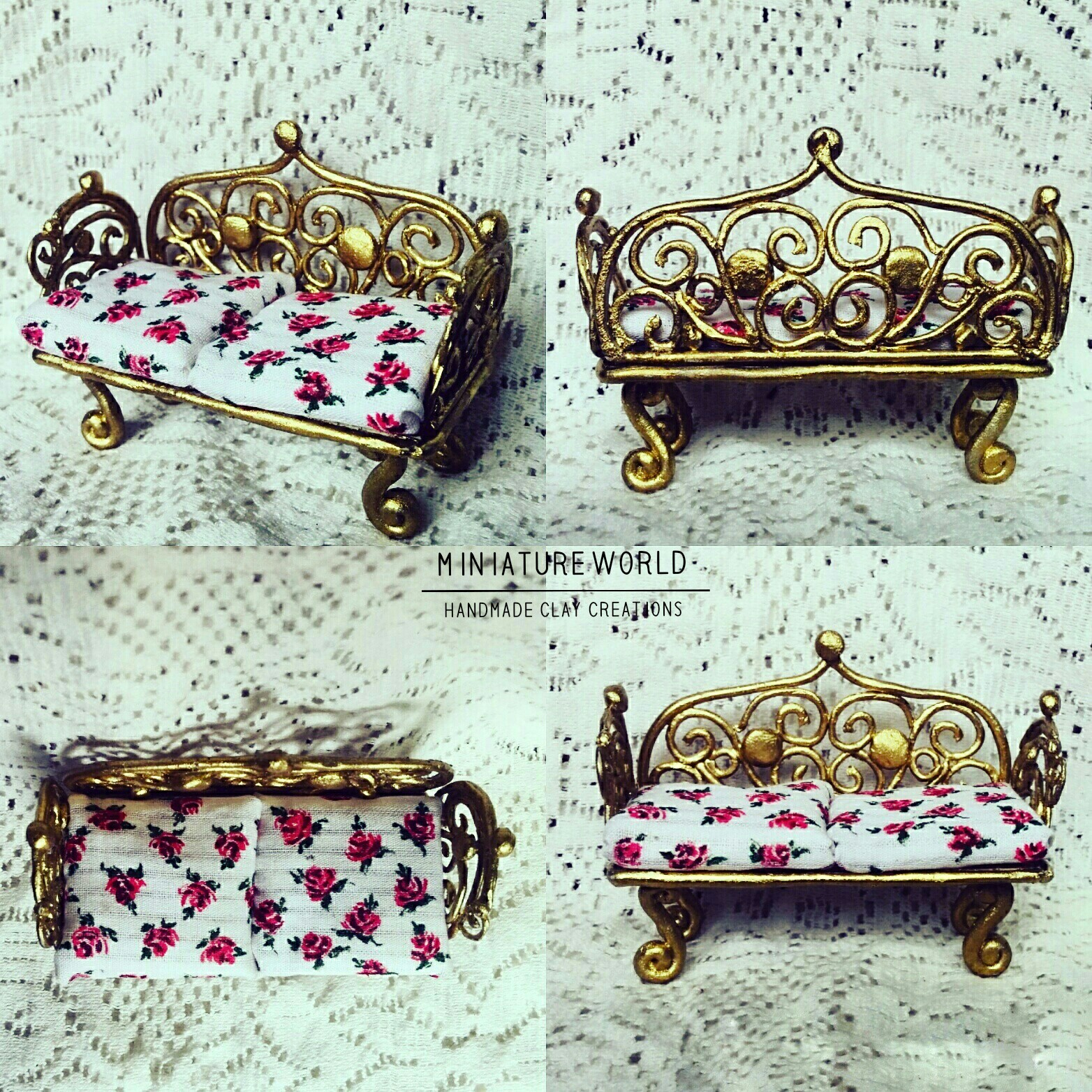
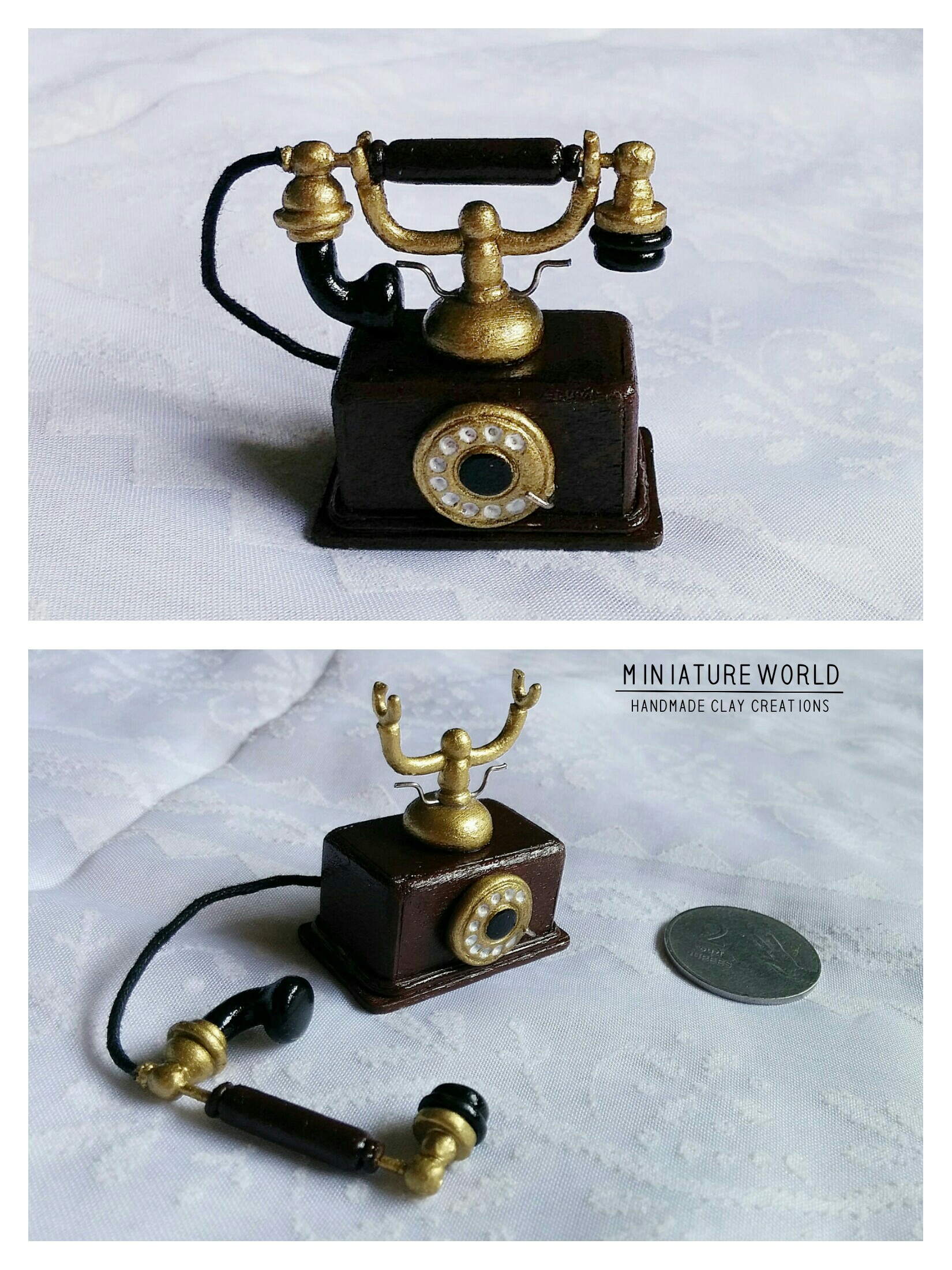
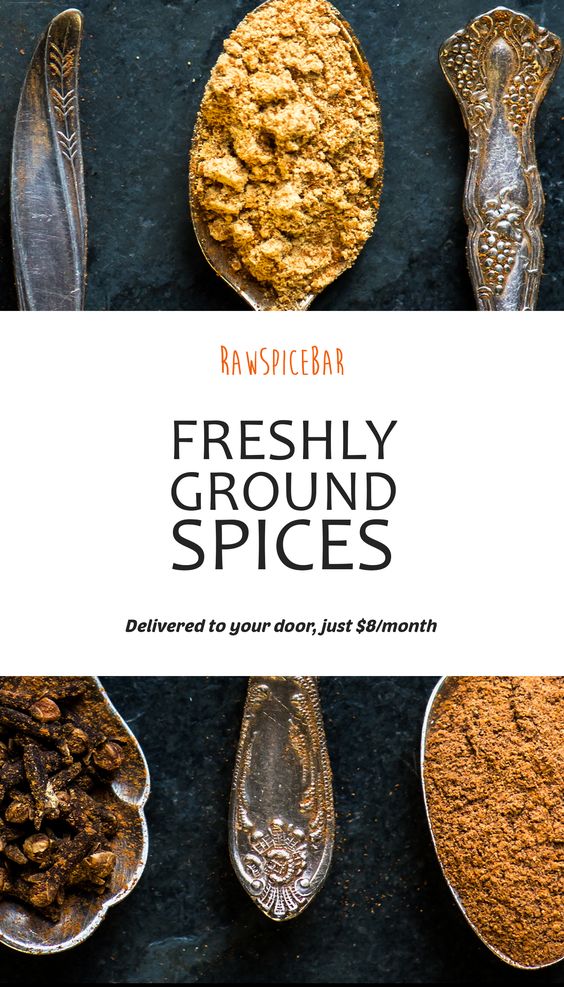 For a limited time, the team over at
For a limited time, the team over at 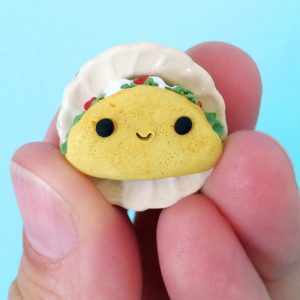
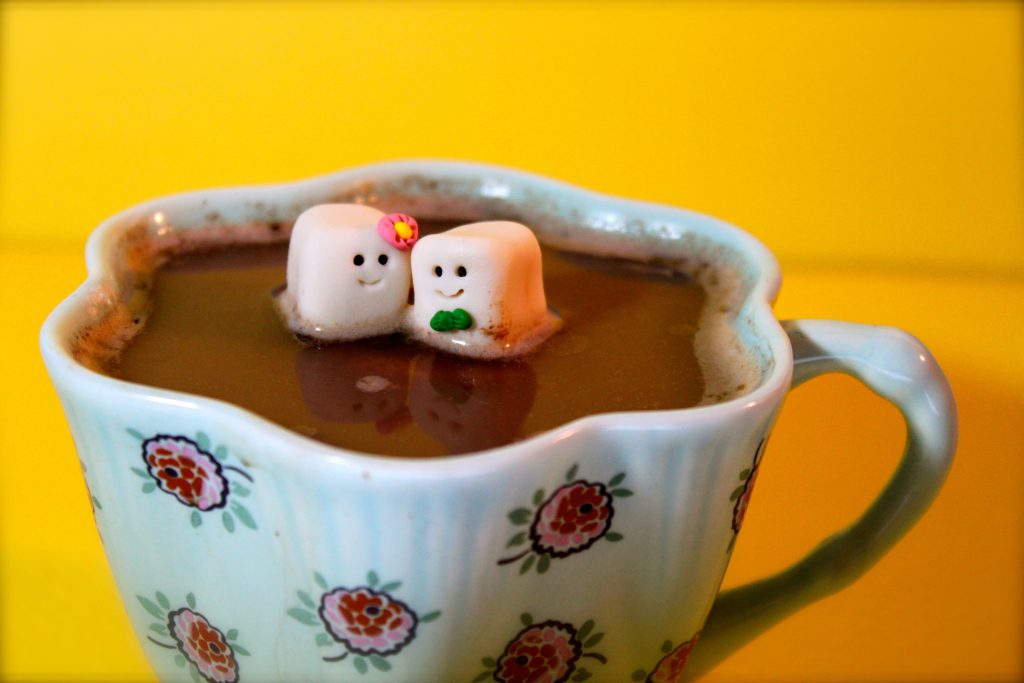
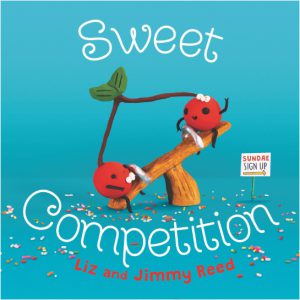
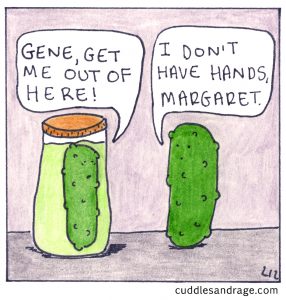
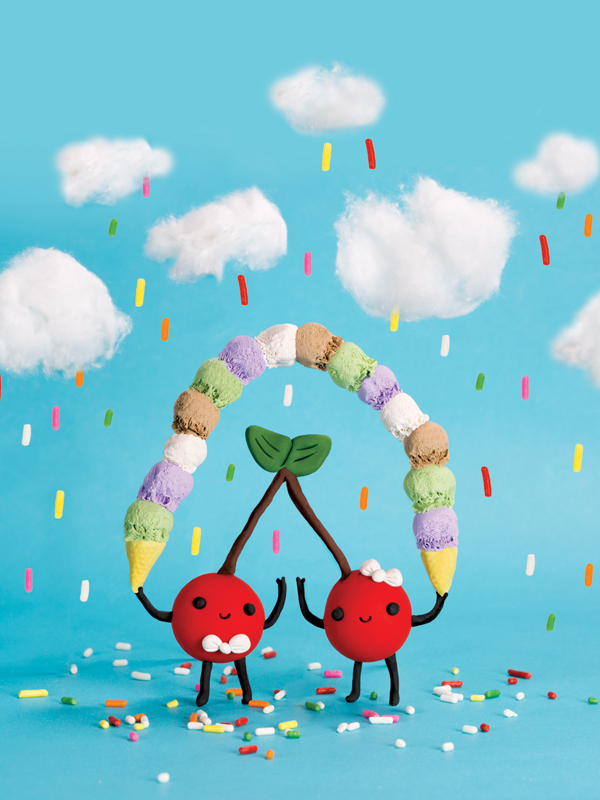
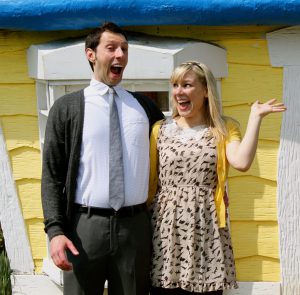
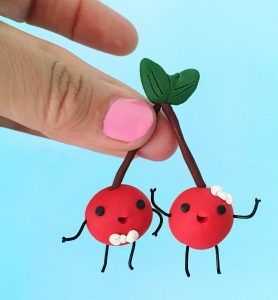


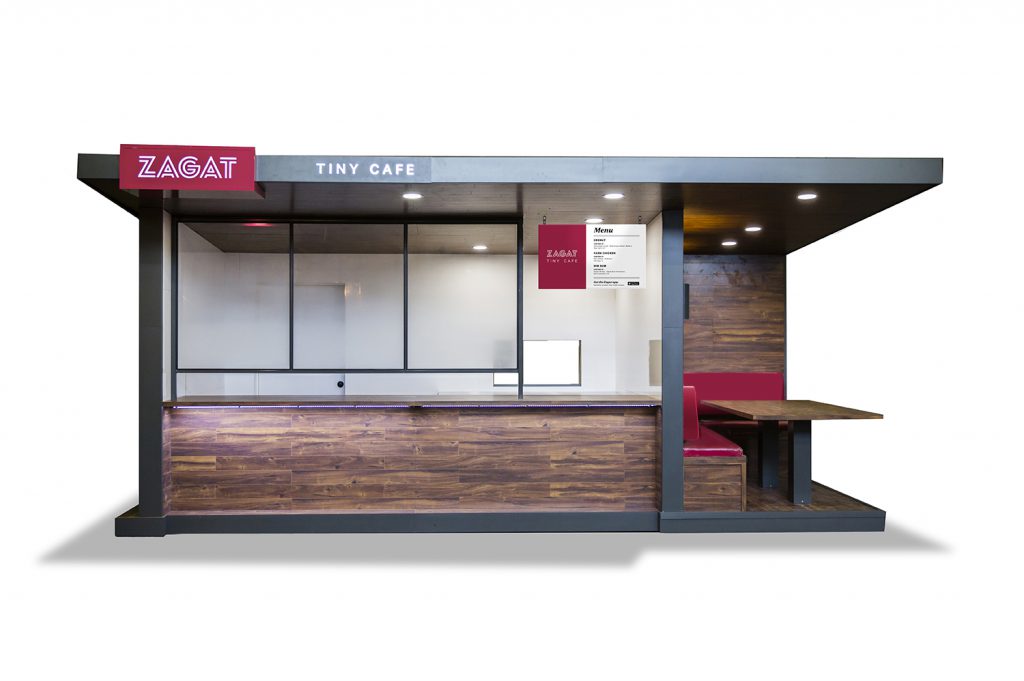
 Zagat believes that tiny food, just like their reviews, are better when they are easy to consume and crafted by experts. With Zagat’s recent rebranding and new iPhone app now available for download, the goal is still simple: to help readers cut through the clutter and provide premium restaurant guidance from a trusted voice in tiny, yet perfect, reviews.
Zagat believes that tiny food, just like their reviews, are better when they are easy to consume and crafted by experts. With Zagat’s recent rebranding and new iPhone app now available for download, the goal is still simple: to help readers cut through the clutter and provide premium restaurant guidance from a trusted voice in tiny, yet perfect, reviews.
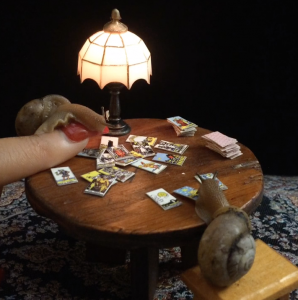
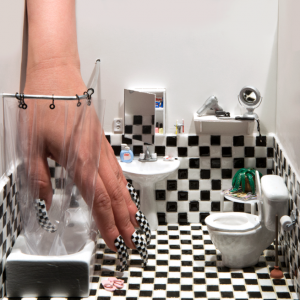
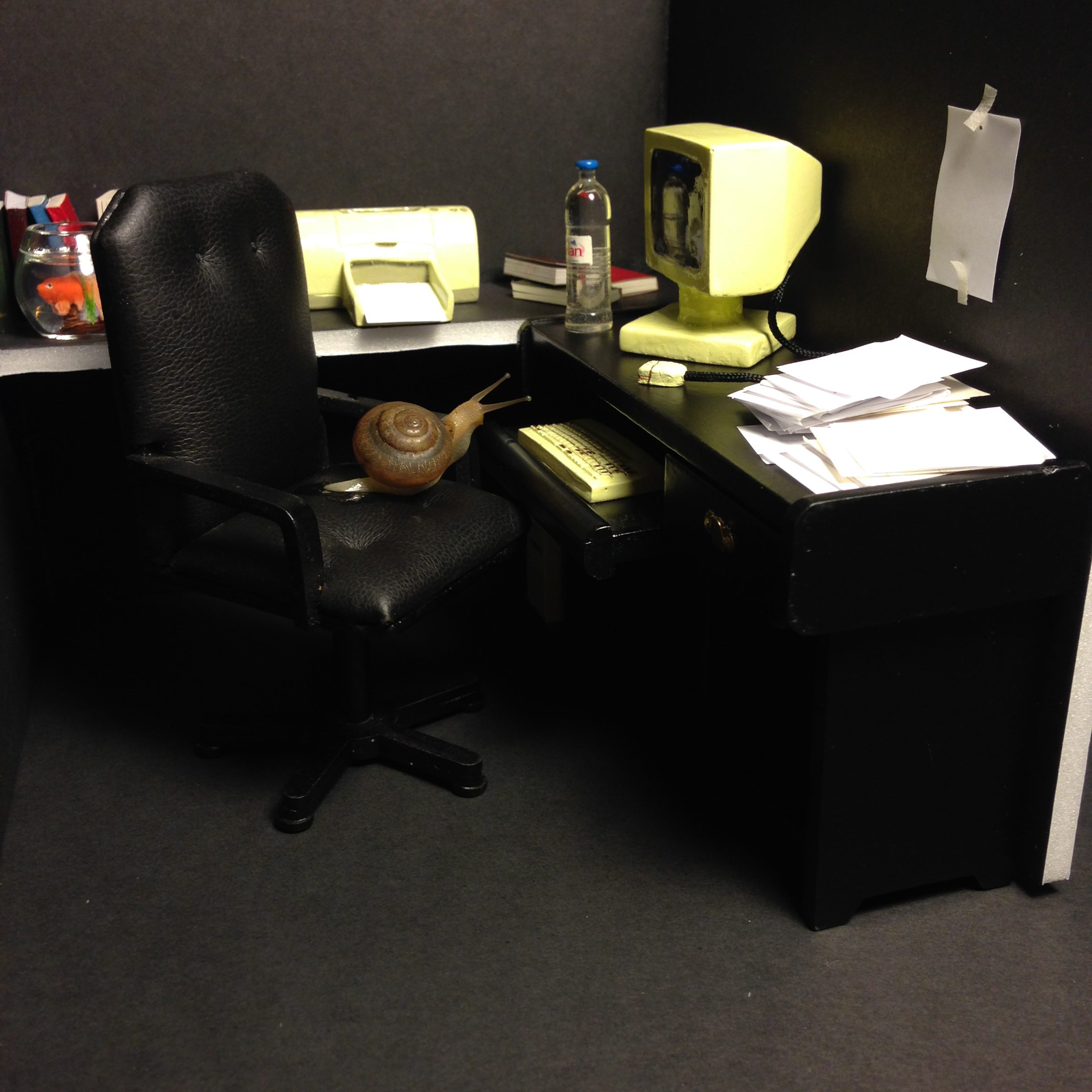
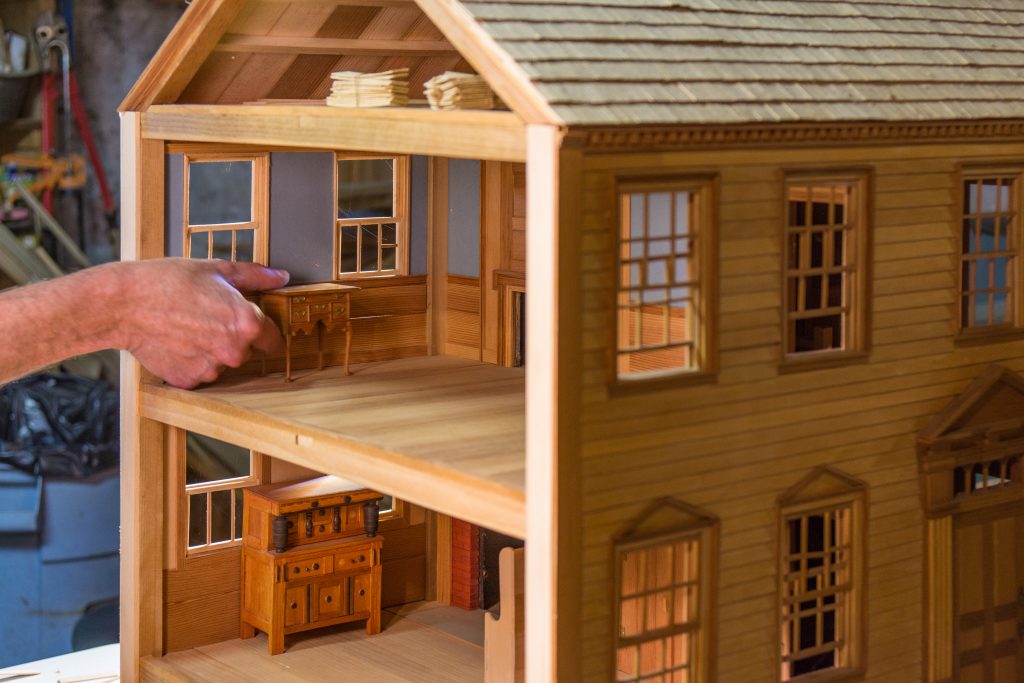
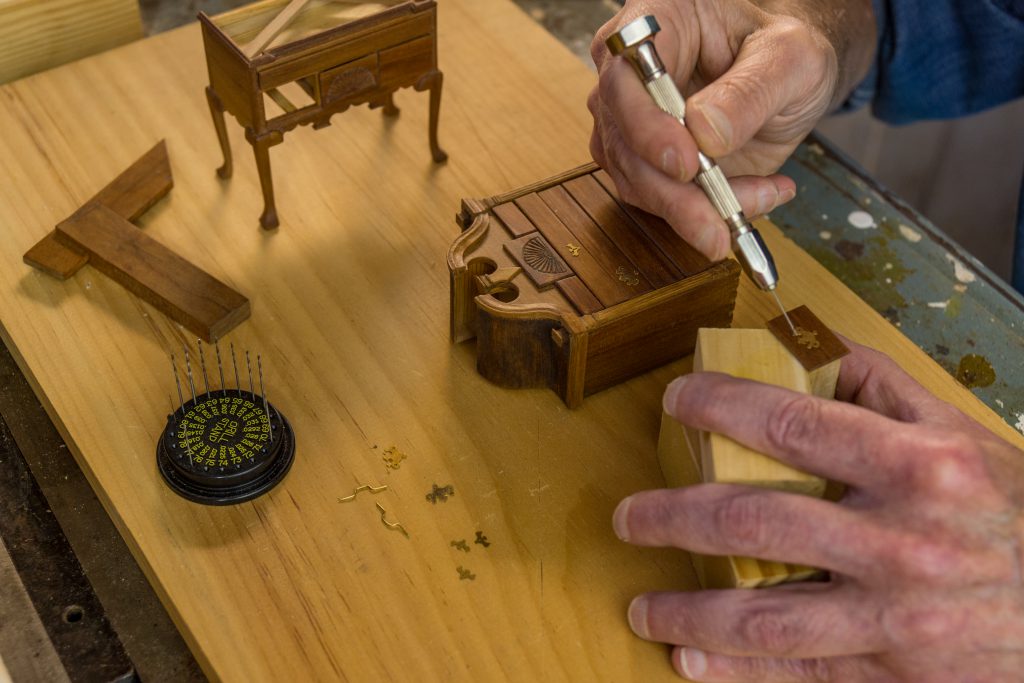
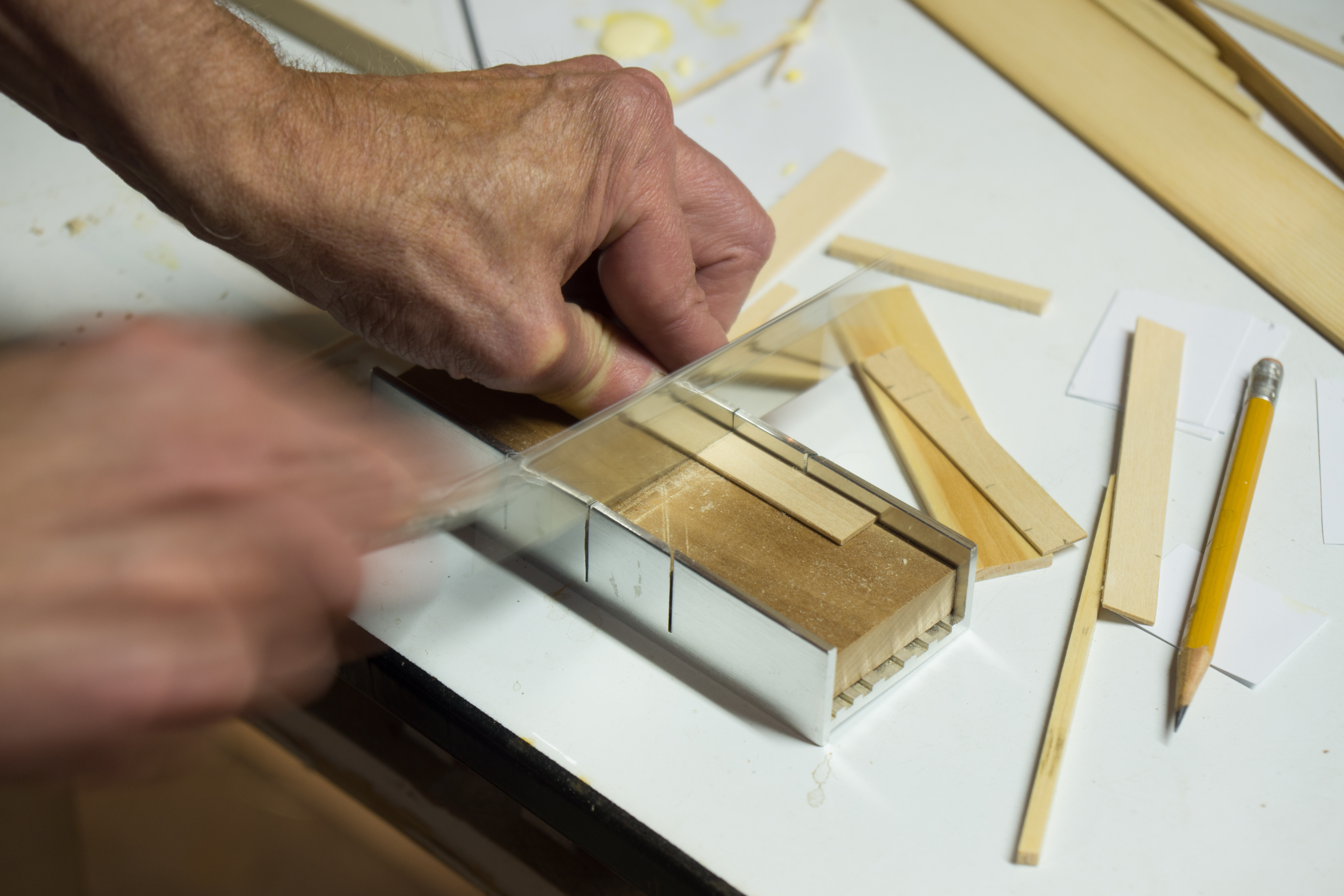
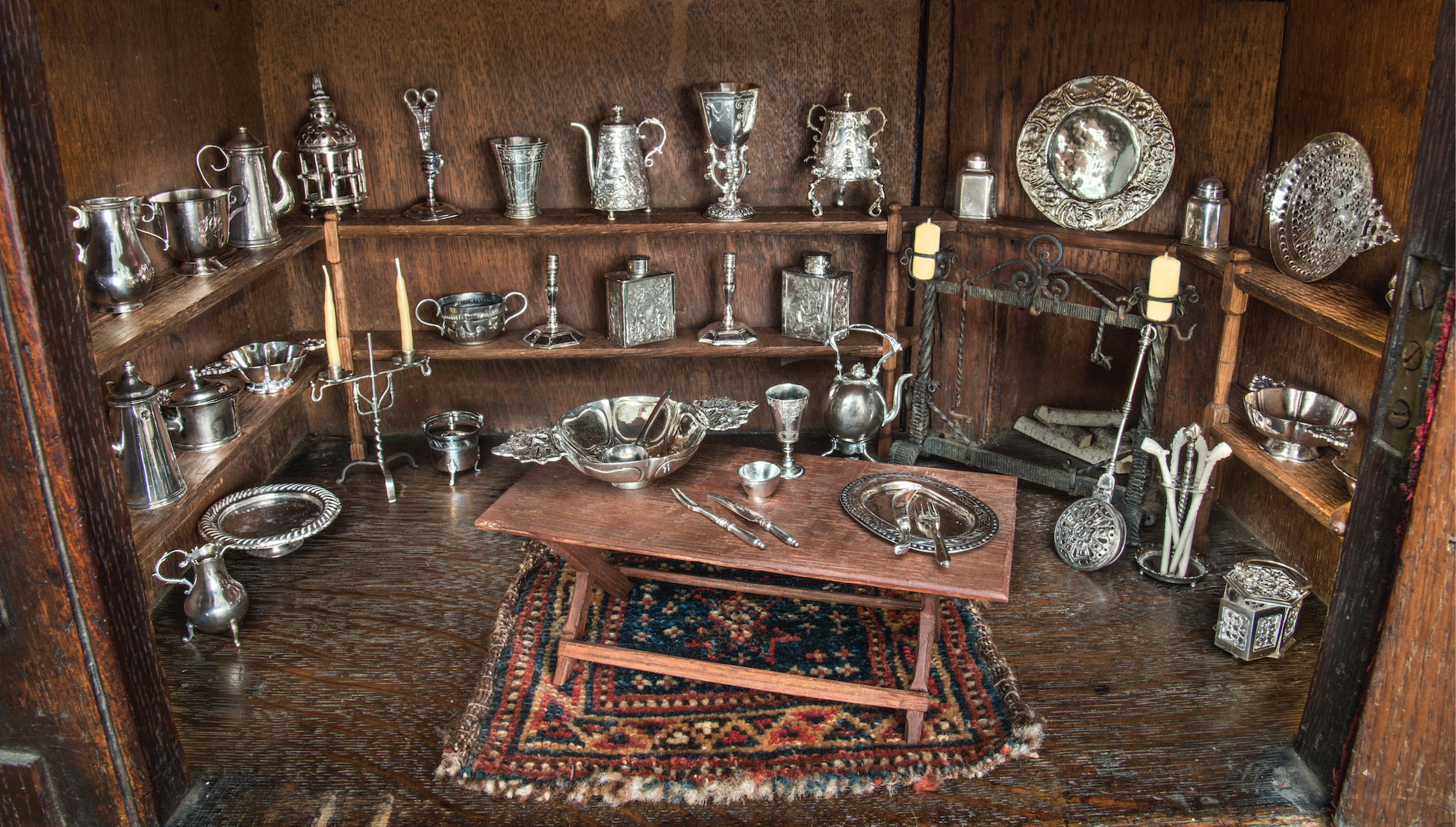
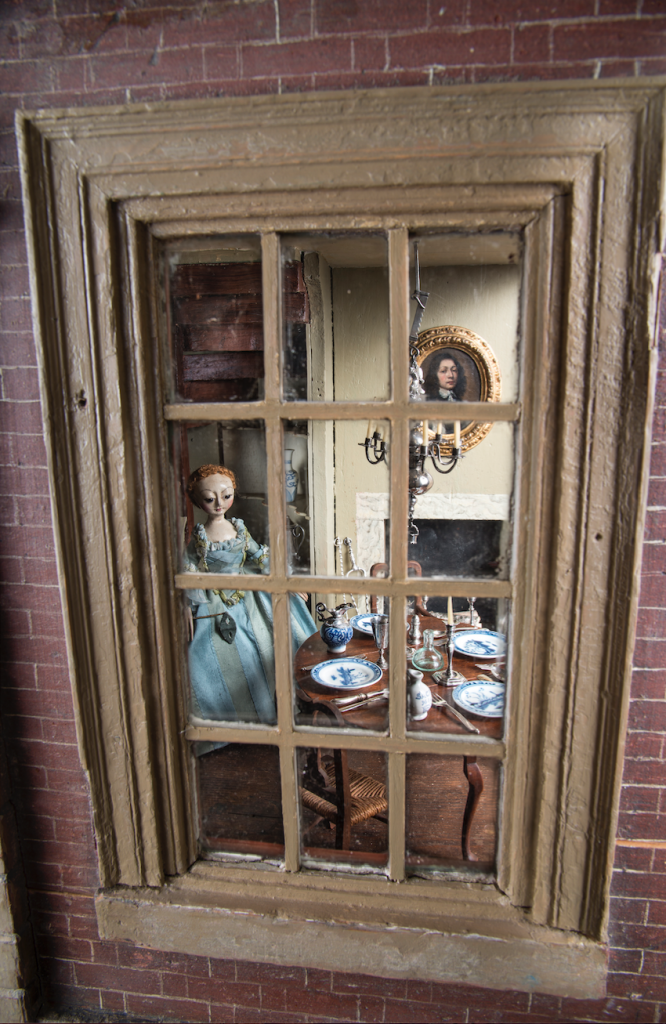
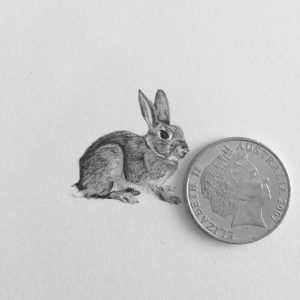
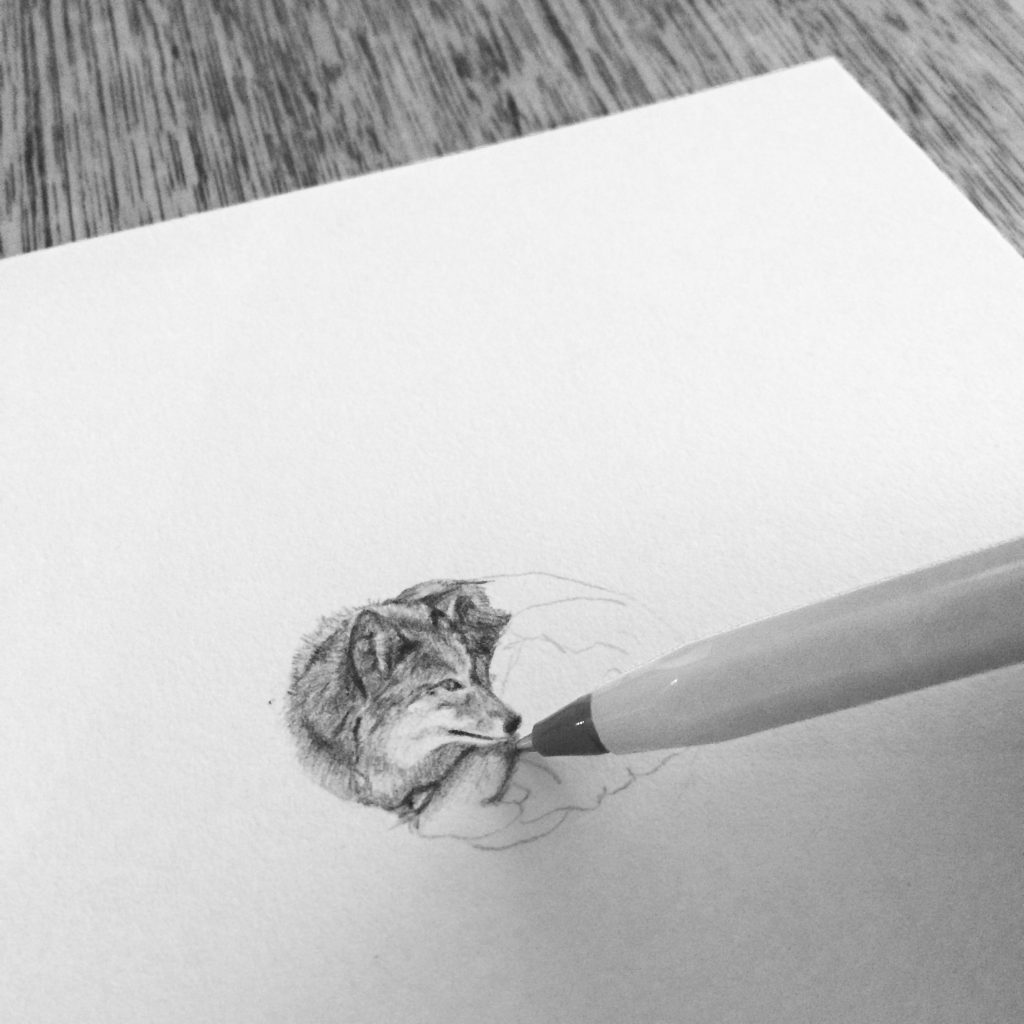
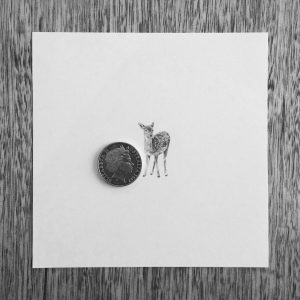
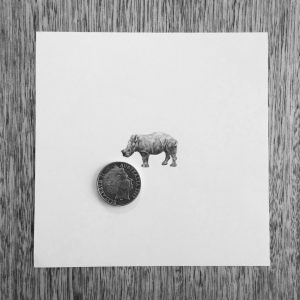


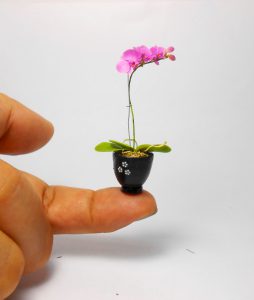
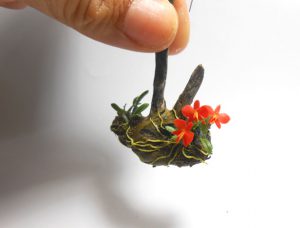

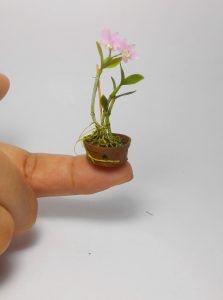
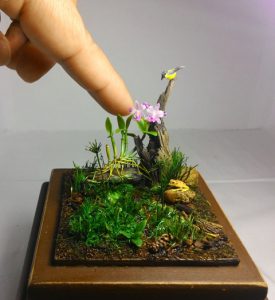
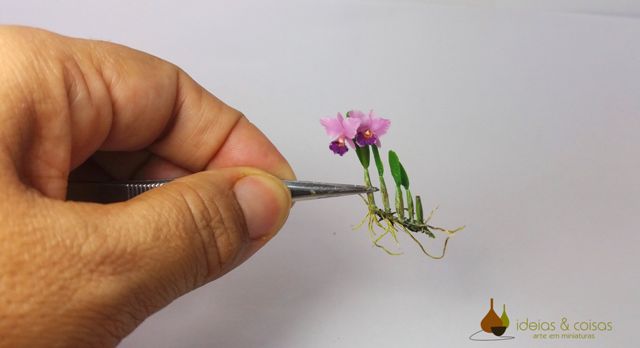
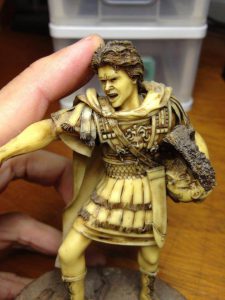
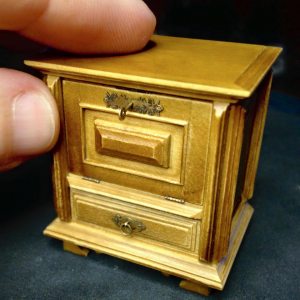

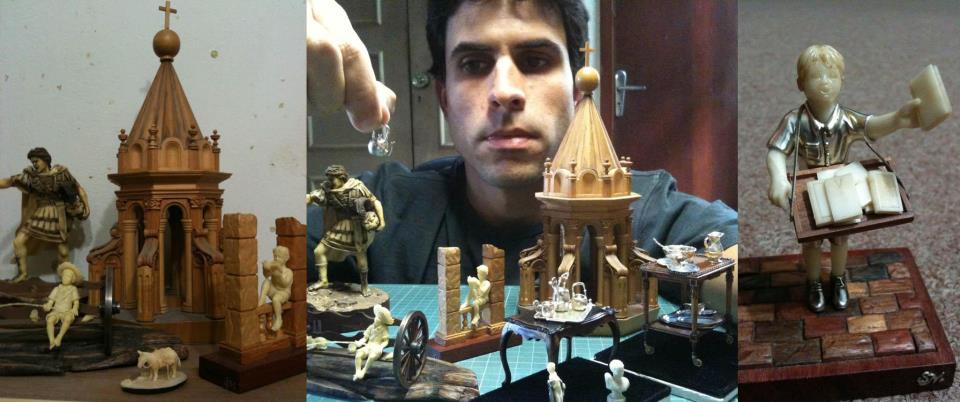
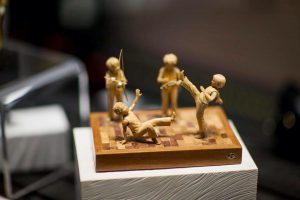
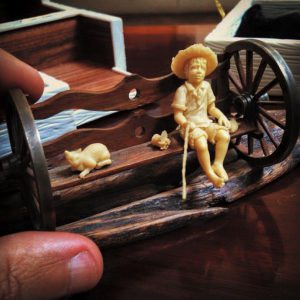
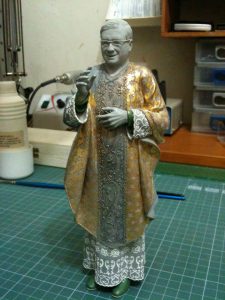
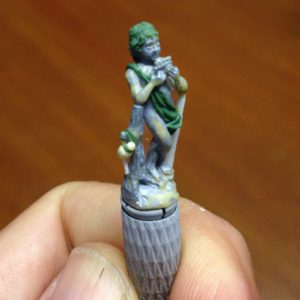
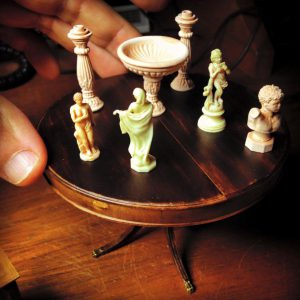 Other activities you enjoy?
Other activities you enjoy?